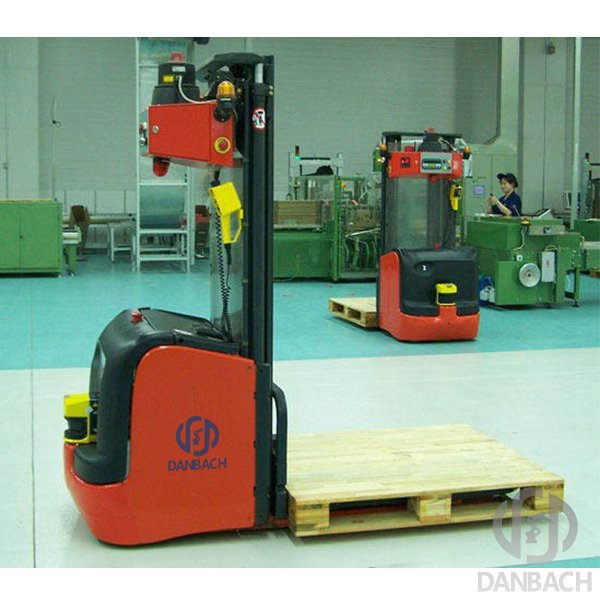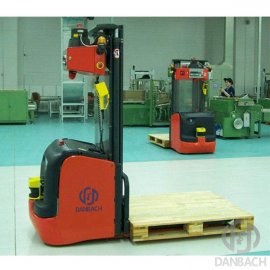Major automobile manufacturers in China have increased their technical investment and technological innovation in the field of automotive and assembly testing, and have made rapid progress in the production organization, information management and logistics technology of automotive testing. As automobile manufacturing technology tends to be flexible, intelligent, and digital, Chinese major automakers have applied various types of AGV technology in automotive test technology.

Automotive manufacturing applications:
1. Packing line: engine assembly line, gearbox assembly line, rear axle assembly line, etc.;
2. material distribution: engine box distribution, instrument panel distribution, small parts distribution, etc.;
3. chassis assembly: car engine, rear axle, fuel tank, exhaust cylinder and other chassis components
AGV solved problem:
1. The uniform problem of the beat of each process
2. Plant construction cost problem
3. the production line to achieve flexibility
4. Equipment investment cost problem for continuous production lines
5. How to realize the problem of synchronization and crossover of the production line.
Advantages of applying AGV:
1. As a movable carrier, AGV can not only realize the conveying effect, but also adjust the attitude adjustment of each axial direction of the assembled body according to the assembly process of each process, which greatly improves the production efficiency and reduces the labor. Strength and difficulty.
2. AGV system can fully adapt to the current large-scale custom production and mixed-flow assembly mode, while meeting the individual needs of customers, while ensuring lower production costs and shorter delivery times. Adapt to the market demand for the production of multi-variety products, improve the organization and equipment restructuring ability of the enterprise and the ability to respond agilely to the market.
 中文
中文 English
English

